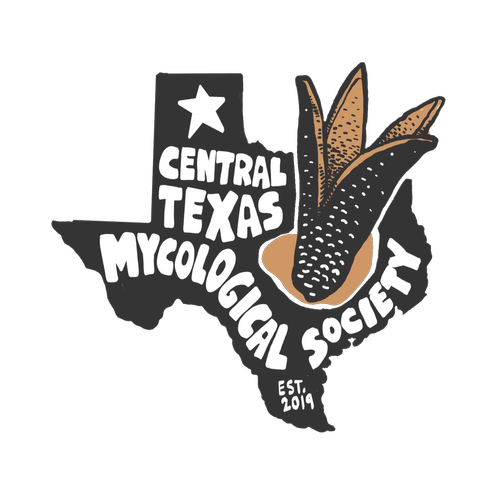Friday, August 6, 2021 @ 9 a.m. - 12 p.m.
This past Saturday, Angel, Sam the Fungi and Josh and Yvonne from The Octopus Project took a group of myceliated people to Barton Creek Greenbelt to see the myco-heterotrophic orchid, Hexalectris nitida or Glass Mountain Coralroot. There were a few peaking buds but no full blooms. Click the tag to see this beauty. #Hexalectrisnitida
We really want to catch this bloom so we are going to lead another hike on Friday morning. With the recent rain, we can also expect to see more mushrooms fruiting! Bring a smart phone or SLR camera, basket or mesh bag, rubber boots or water shoes for water crossings.
We have both member ($5) and non-member ($10) tickets available.
We are always looking for more members to support our mission of mycology education. Add a membership subscription to your order to get $5 tickets, plus many more benefits, including discount codes for workshops.
WHY THIS ORCHID IS RARE
1. Parasitic: The orchid is mycoheterotrophic. Mycoheterotrophy is the process in which the plant gets its food from parasitism upon fungi rather than from photosynthesis.
2. Weather Dependent: It only grows in summer seasons when we get a lot of rain and humidity to create a microclimate that is suitable. (like 2019 and 2021).
3. Geographically Rare: Hexalectris nitida is rare throughout its range and is considered vulnerable. Although it may be locally abundant in Texas and has been reported in Mexico, this orchid has not been observed in New Mexico since its discovery and may be extirpated in that state.
4. Flowers Rarely Display: This orchid is self-pollinating (cleistogamy) and rarely displays flowers that are fully open.

